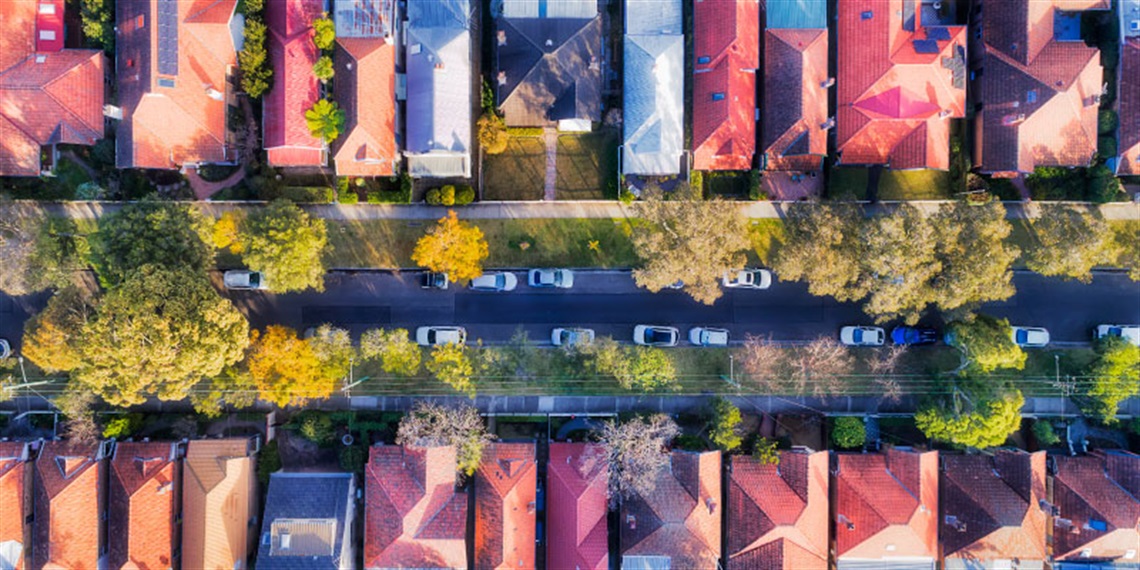City of Ryde calls for collaborative approach on housing
Published on 15 February 2024

City of Ryde councillors have endorsed a submission to the NSW Government opposing short-sighted changes to planning regulations for low and medium density housing that could result in an 83 percent population increase – over 100,000 extra people – within the existing low density residential zones in the Ryde Local Government Area.
At an Extraordinary Meeting on Tuesday 13 February, Council resolved to oppose the government’s implementation of the Explanation of Intended Effects – Changes to Create Low and Mid-Rise Housing (EIE) in its current form as it provides no evidence-based plans on how increased housing density would be serviced by existing infrastructure and other essential services.
Council further rejected the proposed planning controls from the EIE to its R2 – low density residential zones and authorised the CEO to take all action necessary to implement the resolution.
The resolution also calls on the NSW Government to take a genuinely collaborative approach to working with councils to resolve the current housing crisis in a well-balanced planning manner.
That includes the delivery of balanced ‘lifestyle’ outcomes for communities, whereby with increased housing, commensurate infrastructure, essential services, open space, and employment opportunities were provided for new and existing residents.
Council also called on the NSW Government to have a larger role in the provision of public and affordable housing instead of incentivising Build-to-Rent for developers, that do nothing to address housing for low to medium income earners.
Finally, Council has called for greater collaboration between the State and Federal Governments to explore other policy levers surrounding the current housing crisis. That includes providing some focus to other issues impeding housing supply beyond planning controls, including improved pathways for more well-trained builders and tradesmen, and improving the supply of building materials.
City of Ryde modelling has found the EIE could result in an increase of up to 43,090 dwellings in the Ryde LGA’s low-density residential precincts resulting in 107,725 more people, which is an 83 percent increase in population.
This does not factor in the cumulative impact of other related NSW Government planning proposals impacting City of Ryde, including the Transport Oriented Development policy.
City of Ryde CEO Wayne Rylands stressed that City of Ryde was, “not a NIMBY Council”.
“We have consistently exceeded our housing targets and will continue to do so, whilst noting the State Government has not delivered on the required infrastructure to support the increased residential density that our City has already experienced,” he said.
“Our Council is already working on master plans for our key strategic regional centres of West Ryde-Meadowbank and Eastwood that, if the right balance is struck with the NSW Government assistance utilising considered, measured, strategic policy and regulatory levers, could deliver not only a significant uplift in housing, but also employment, infrastructure and open space across the LGA.”
Mr Rylands said the housing provisions in these Council-led master plans countered the poor planning policy by the NSW Government that will allow the Macquarie Park Innovation District (MPID) to be replaced by Built-to-Rent housing.
“Neither the Built-to-Rent or EIE policies benefit our community. Neither will positively address the housing crisis, particularly in relation to affordable housing, whilst the Government’s plans for Macquarie Park will lead to the decimation of Australia’s pre-eminent innovation district and will likely see tens of thousands of jobs head interstate or overseas,” he said.